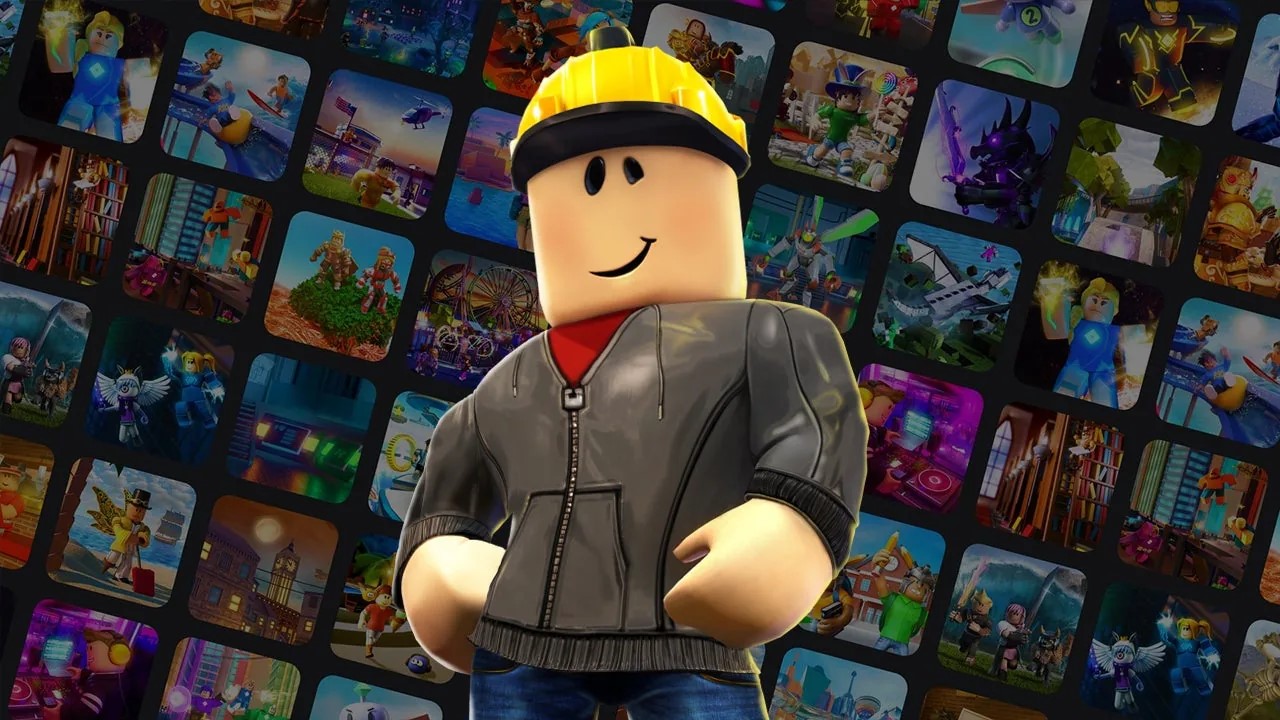- The ideal FPS controller would combine the precision of a mouse with the movement control of a gamepad.
- Charlie Pyott’s custom controller design incorporates a trackball for aiming and a standard gamepad layout for movement.
- While the controller shows promise in performance, the complexities involved in its construction may hinder commercial availability.
Why Do People Prefer A Mouse And Keyboard?
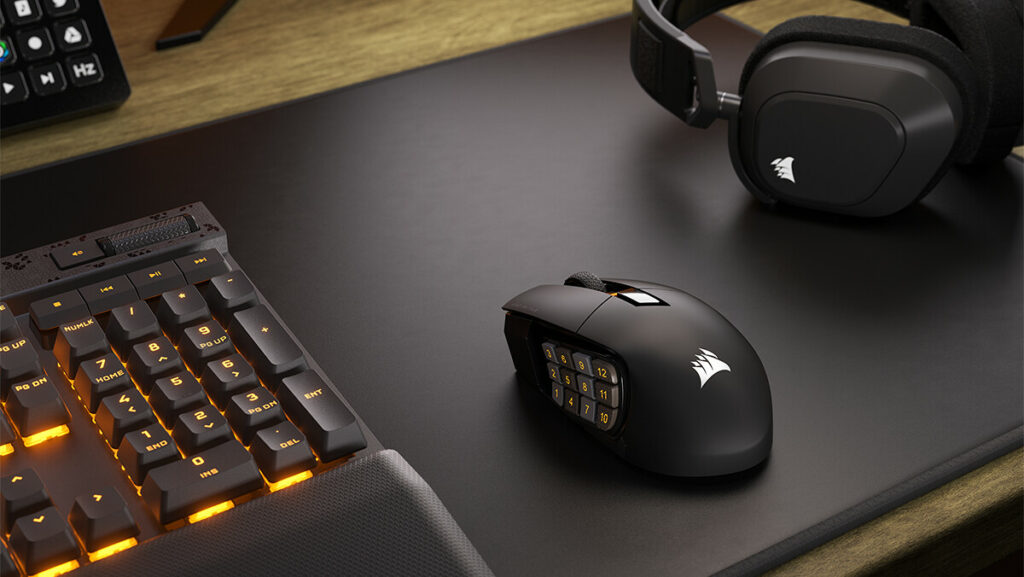
If you try to get a controller the size of your entire screen, it’ll be very inconvenient. To deal with such issues, companies map their movement to smaller canvases, opting instead to increase the distance travelled with speed or some other gimmick.
This is what makes the mouse so much better than controllers when it comes to accuracy. With a mouse, you can flick to a new target with heightened accuracy. If you’re using a controller, the sensitivity would either be too slow for a flick, or too fast to be in control.
The mouse lets you dynamically change sensitivity depending on how far away you choose to move it, giving you free rein over what amount of control you want over your aim.
What Do Controllers Offer?
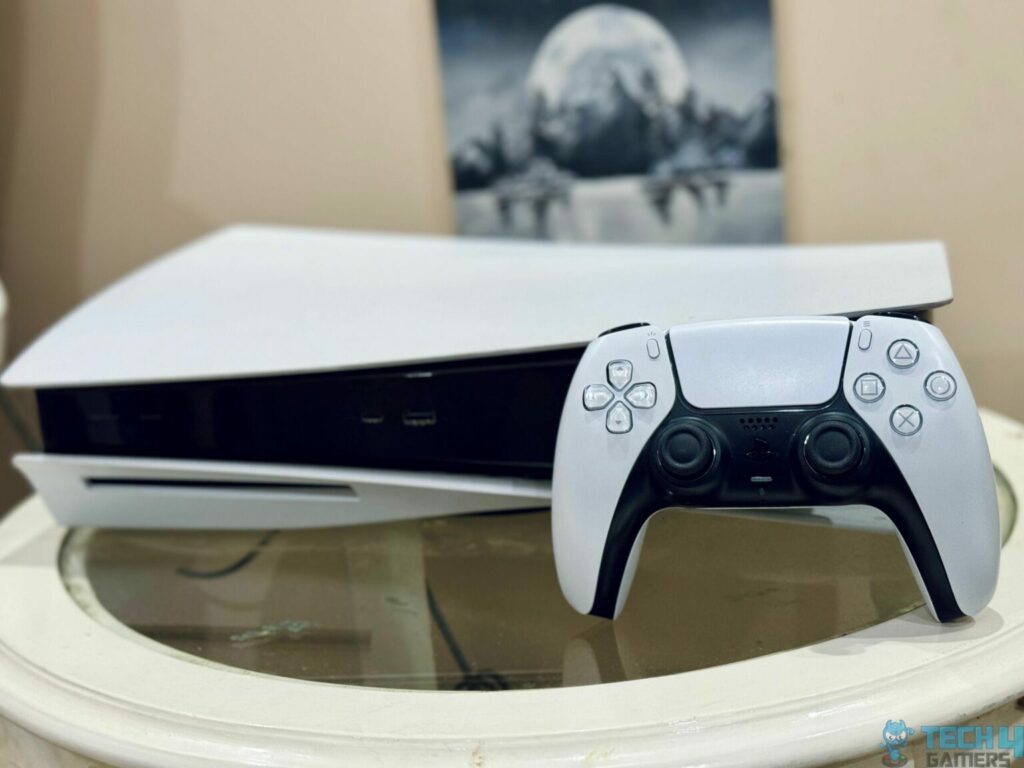
However, a mouse and keyboard combo is not that great when it comes to movement, due to a lack of an analog stick for movement. The 4-directional movement keys can at most give you 8 directions to move.
While certainly better than the previous 4, it can make performing complex movement tasks more difficult than on a controller. This advantage in movement is what lets console players keep their accuracy up, by pairing their aim with their movement.
What Could The Ideal Controller Look Like?
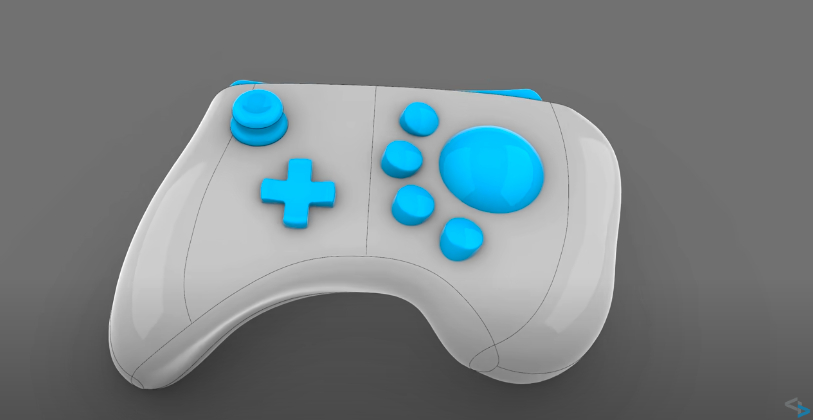
An ideal controller would have to have a movement analog stick, but that’s the easy part. Mapping the area a mouse needs to move on the limited space a controller provides is a very difficult task.
However, Charlie from Pyott Designs brings a very genius idea to the table, inspired by old Steam controllers, as well as his own ingenuity.
The Inspiration
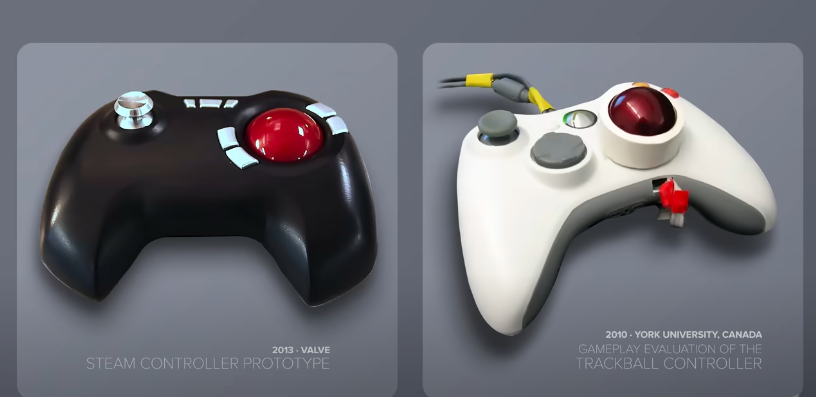
In his Ultimate FPS Controller Design & Build video, Charlie mentions how some early Steam controller ideas made use of a trackball instead of another analog stick for the aim.
While the idea was ultimately abandoned due to complexities, Charlie made use of it to create his own controller. There were certain problems, such as fitting the hardware while still keeping the trackball, which needed some ingenious problem-solving to figure out.
The Build
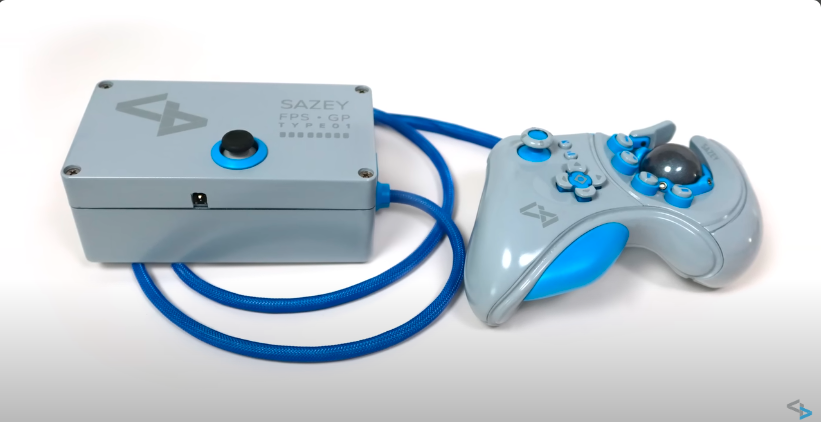
The finalized design made use of the trackball, letting the entire right side of the controller empty only for it. The left side was much like any other controller, albeit with a few neat additions that made the controller even better.
Instead of creating a new controller setup from scratch, an existing controller was broken down. The motherboard and other internal parts of the controller were used.
The main issue faced was the lack of space within the controller’s short container for all the necessary hardware. Even in normal controllers, lots of optimization is required to fit it all in. With the trackball cutting that space down to half, it becomes impossible.
While a full-fledged company with the funds to optimize and research its own hardware to be sold for commercial use could certainly try another way, Charlie got the innovative idea to use an external box to hold the extra parts.
The Performance
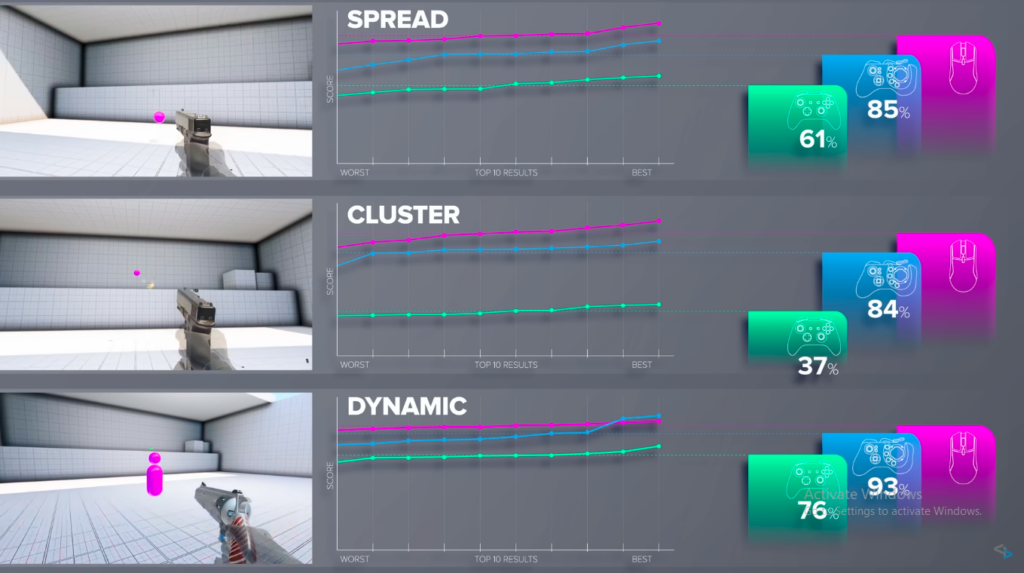
Keep in mind that this kind of controller is completely new, so inexperience was a severe disadvantage when comparing it with others. Still, as seen from Charlie’s tests, it performed remarkably well.
It performed much better than controllers in certain setups, and even caught up to and left mouse performance behind in a small amount of tests. Overall, the complexities involved might never see a similar controller up for commercial use, but it is the optimal way to play shooters.
Thank you! Please share your positive feedback. 🔋
How could we improve this post? Please Help us. 😔
Heya, I’m Asad (Irre) Kashif! I’ve been writing about anything and everything since as far back as I can remember. Professionally, I started writing five years ago, working both as a ghostwriter and writing under my own name. As a published author and a council member in Orpheus, my journey in the world of writing has been fulfilling and dynamic.
I still cherish the essays I wrote about my favorite PS2 games, and I’m thrilled to have transformed my passion for game journalism into a career. I’m a theory crafter for Genshin Impact (and now Wuthering Waves) and have a deep love for roguelites and roguelikes. While I prefer indie games for their distinct aesthetic and vibes, I do enjoy triple-A games occasionally. I’ve also been playing League since season 6, and I main Akali! I have a keen interest in discovering and playing more obscure games, as well as researching forgotten titles. Additionally, I am a front-end programmer who dabbles a bit in gamedev occasionally.


 Threads
Threads
